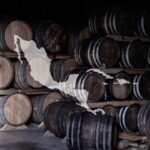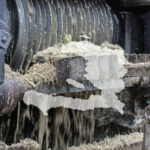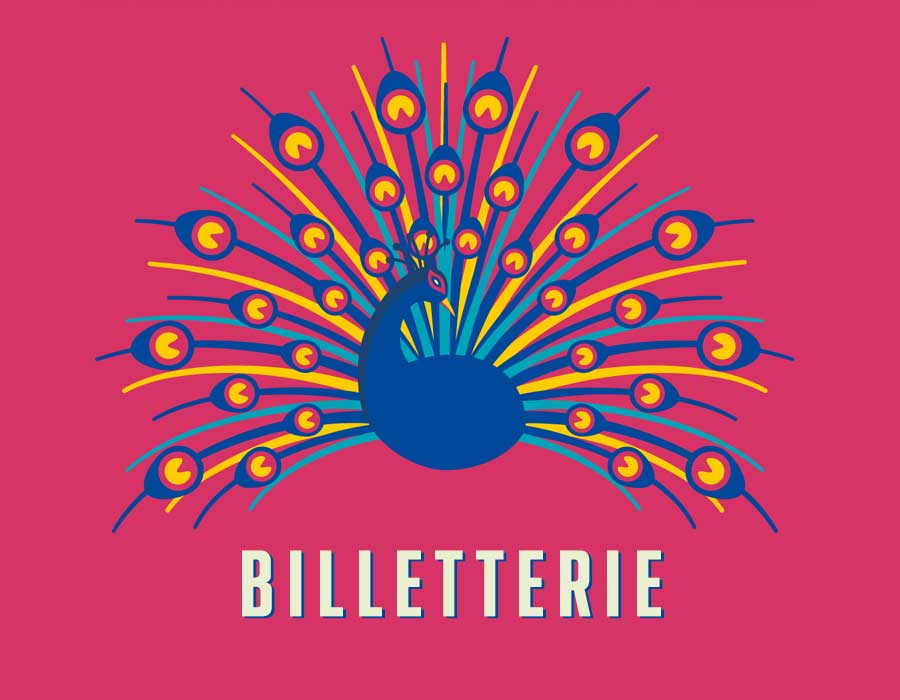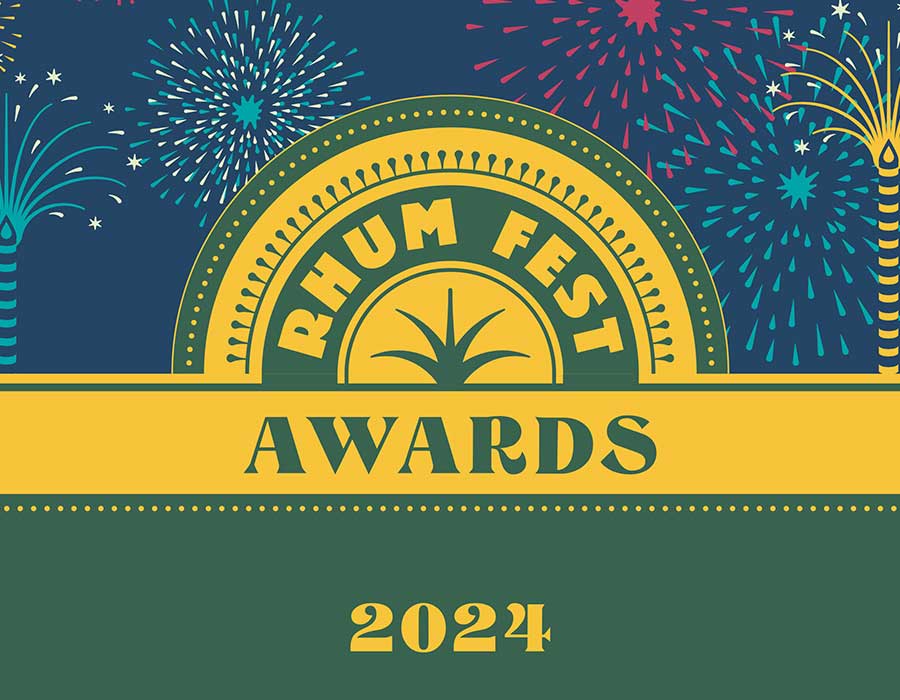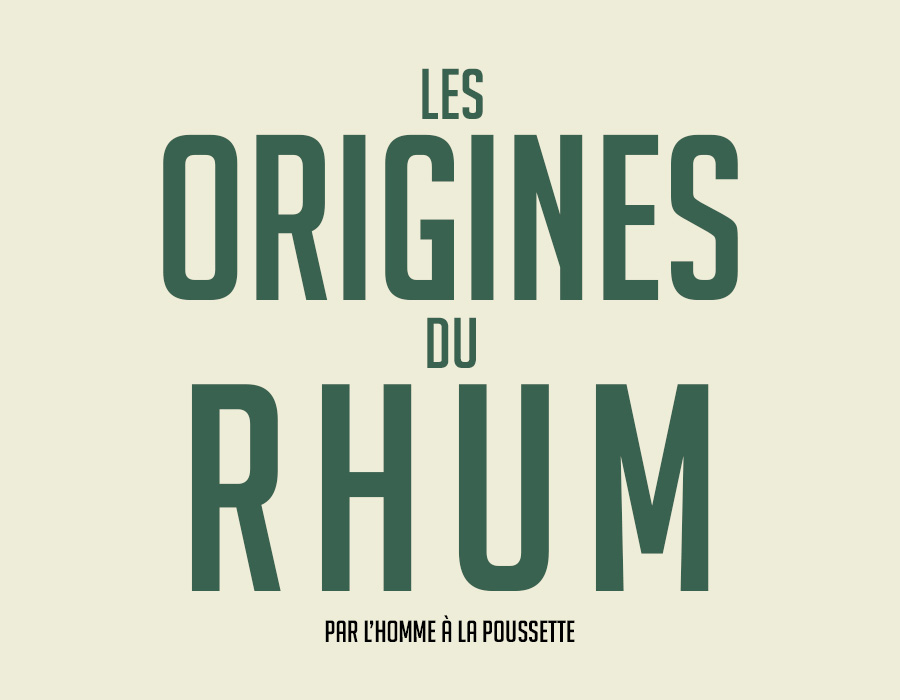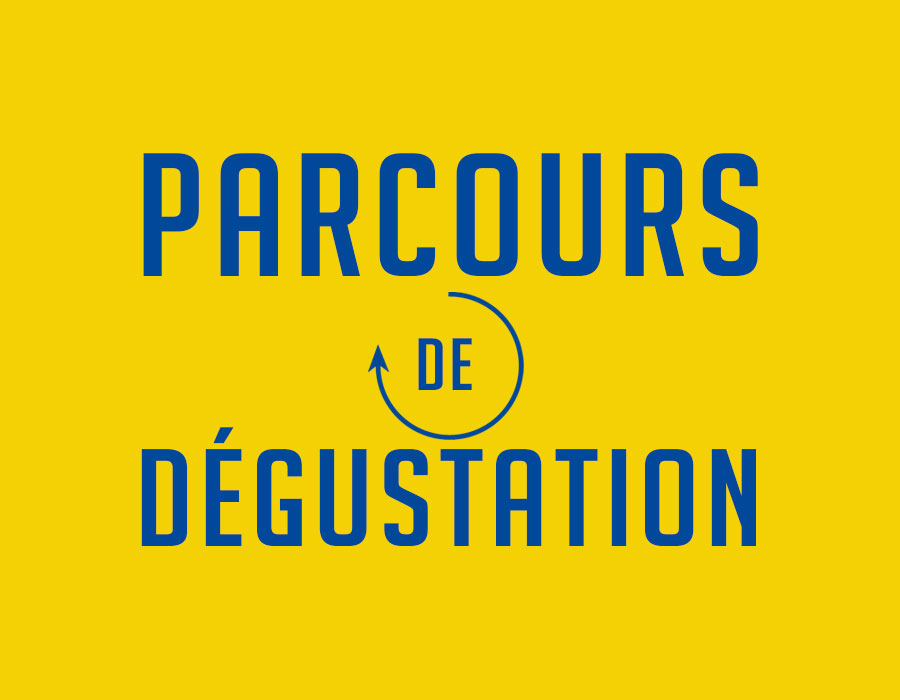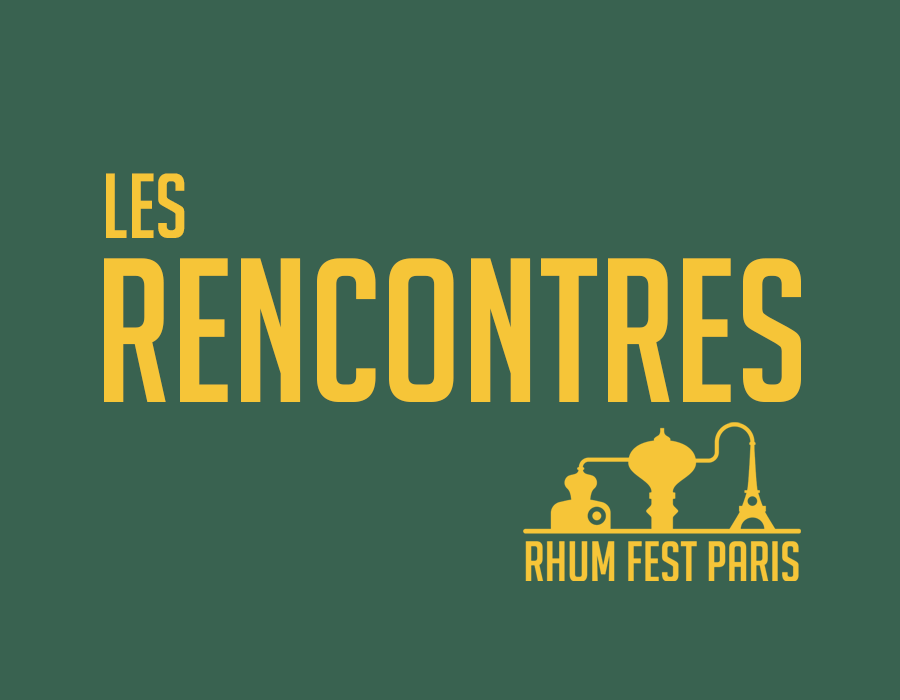Barbados rum, get to the bottom of the bottle
Why does a rum from Barbados develop this aromatic profile? Let’s go from the bottle to the cane to find out.
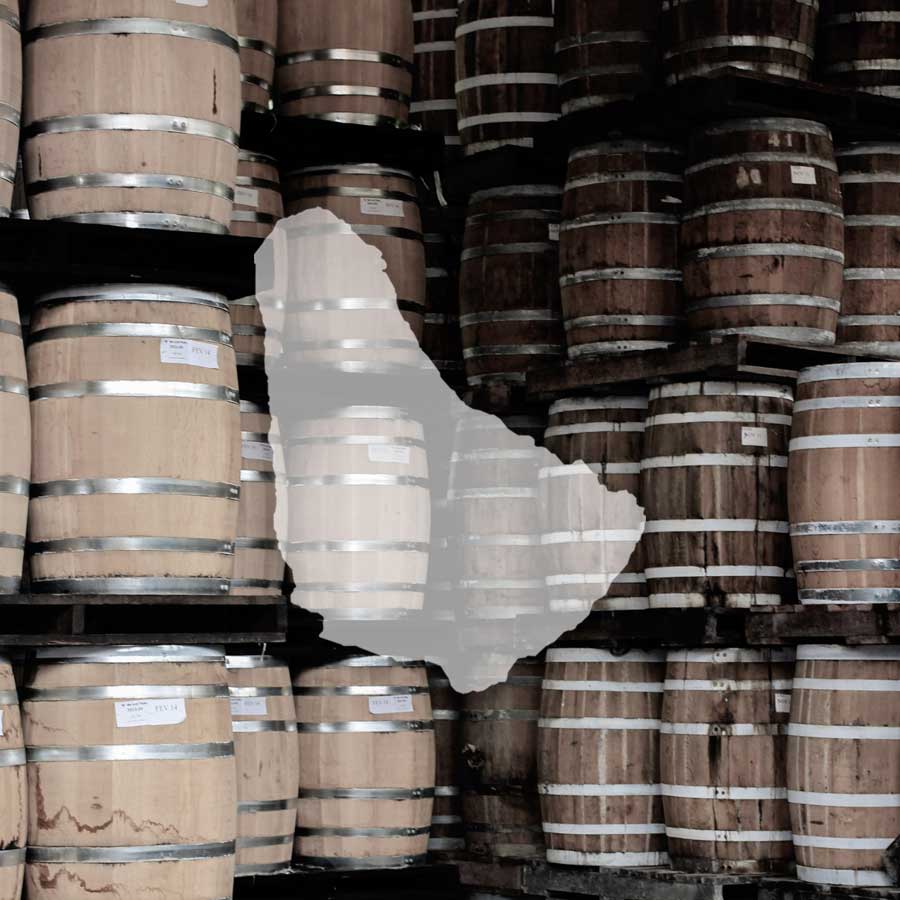
Photo d’illustration © Anne Gisselbrecht
As you’ve been reading (the blog of the man with the pushchair, for example) and listening to podcasts about rum (did you say Single Cast?), you’ve heard on several occasions that Barbados is the birthplace of rum. That’s reason enough for you to take an interest in the cane brandy that originated on this small coral island in the Caribbean.
So you head off to your specialist wine merchant to find out more, and to buy a bottle so you can try it out for yourself.
The choice is not dizzying, and in any case the owner of the shop explains that the typical characteristics of Barbados rums are shared by most of the references available in his humble shop.
So you leave with a bottle that the cellarman describes as “very representative of what we mean by a Barbados rum profile“.
As soon as the door to your flat closes behind you, the ritual begins. You get yourself a tasting glass, open your brand new conquest and pour a few centilitres (yes, into the glass, otherwise it’s a bit silly).
As soon as you put your nose to the glass, you get a double impression: a rum that is both sweet and dry.
Your nostrils and your brain help you identify aromas of toasted coconut, vanilla, a little tobacco, a roasted note and nuts. You’re getting really good at this!
In any case, you like it, it manages to exude deliciousness without seeming nauseating. Not overly expressive, you find it balanced.
On the palate, it’s exactly that: dry oak, coconut, vanilla and perhaps a hint of orange zest. The slightly drying finish continues in the same vein, with tobacco coming back strongly to support the woodiness, coconut and cocoa.
A very homogeneous tasting, with no false notes, confirming your first impression: a rum that is both dry and delicious.
Your growing experience tells you that much of the flavour of this Barbados rum comes from ageing in ex-bourbon casks.
You’re definitely getting good at this. You’re right, the American oak cask traditionally transmits aromas of coconut and vanilla (among others).
But there’s something else about it that you can’t quite put your finger on – more body, perhaps.
You’ve got something!
Unlike other rums – many from Latin America, for example – the traditional distillate of a rum from Barbados is not close to aromatic neutrality. In fact, the island’s three main distilleries (Mount Gay, WIRD and Foursquare) have several types of distilling apparatus.
White rum is traditionally a blend of pot still and column distilled rums.
Although the majority of the distillate comes from continuous distillation (column distillation), the blend will still have more character thanks to the discontinuous distillate (still distillation).
So, during ageing, the wood has enough room to express itself, but the distillate will have enough character not to be completely erased.t
Fermentation is fairly short, lasting no more than 48 hours, and does not play a major role (but remember that it always has its say, however discreetly).
Now that you know the profile of Barbados rum and understand how it is made, I must look to the future and tell you a little about it.
In fact, the distilleries mentioned above have begun to experiment with all sorts of things. Let me introduce you to three of them.
West Indies Rum Distillery (WIRD) has a number of different stills at its disposal: multiple column, John Dore post still, Blair column, Greg Farm pot still, Vulcan chamber still and the recently refurbished Rockley Still.
Each of them is capable of distilling very different distillates. The playground is limitless if you combine the distillation options with the fermentation possibilities, which can range from 24 hours to much longer for rums with a high ester content. And experimentation is well under way.
At Mount Gay, we’re having fun departing from the ancestral method by playing around with fermentation times, going from an average of 36 hours to ten days, while using other yeasts. The result is a rum that is far more expressive – some would say less balanced – than the island’s emblematic juices.
Barbados’ oldest distillery (a written record has been found dating back to 1703) is still in the early stages of this work.
For some years now, Foursquare has not been content to age its rum in ex-bourbon American oak barrels. The young distillery (founded in 1996) has ex-Madeira wine, cognac, port and sherry casks in its cellars.
Many of the rums bearing the Foursquare label are blends of distillates matured in different types of casks.
What if I told you now that several distilleries in Barbados are starting to distil sugarcane juice?
Yes, tests are under way at several of the island’s producers, but this is only the beginning. So let’s be curious about what the future holds.
So now you have a clearer picture of the rums of Barbados, their production methods and their typical taste profile. But you also know that rules are made to be broken, so the traditional framework for reading about these rums is going to become far too narrow in the years to come.

